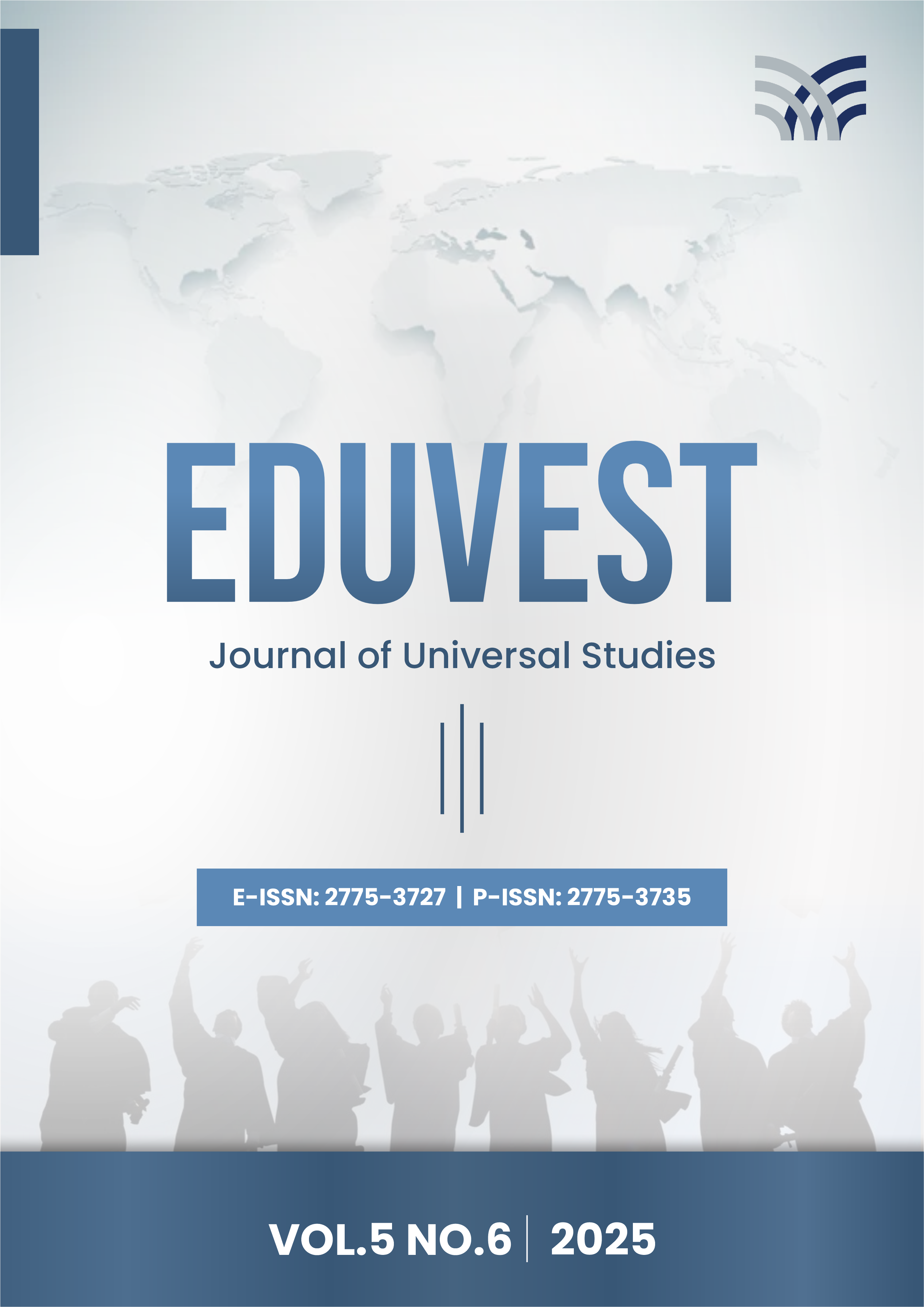Spatial Approach in Optimizing Human Resources of Immigration PPNS for Organizational Resilience in Immigration Law Enforcement
##semicolon##
https://doi.org/10.59188/eduvest.v5i6.50783##semicolon##
human Resources PPNS immigration##common.commaListSeparator## spatial approach##common.commaListSeparator## optimization##common.commaListSeparator## organizational resilience##common.commaListSeparator## immigration law enforcementAbstrakt
Immigration law enforcement in Indonesia requires human resources (HR) that are optimally distributed throughout the region to face increasingly complex dynamics and challenges. This article aims to explore the strategy of optimizing human resources in the Immigration Civil Servant Investigator Officer (PPNS) using a spatial approach, in order to increase organizational resilience in immigration law enforcement. A spatial approach was applied to analyze the distribution of PPNS Immigration human resources in various regions by considering geographical factors, population density, as well as the intensity of immigration activities and potential violations of the law. By utilizing spatial analysis, this study identifies areas that need to increase the number or quality of human resources, as well as formulate a more effective human resource distribution strategy. The findings of this study are expected to provide strategic recommendations for the government to strengthen organizational resilience and the effectiveness of immigration law enforcement through more efficient and spatial data-based human resource management.an abstract must accompany each manuscript; This abstract must be completely consistent on its own (eg, without numbers, tables, equations or reference citation), not exceeding 250 words and written as a paragraph. The abstract should include research objectives, methodology, and findings.
##submission.downloads##
Publikované
##submission.howToCite##
Číslo
Sekcia
##submission.license##
##submission.copyrightStatement##
##submission.license.cc.by-sa4.footer##










